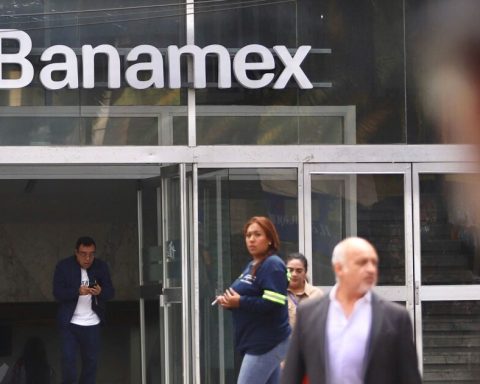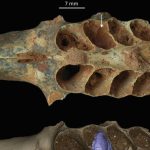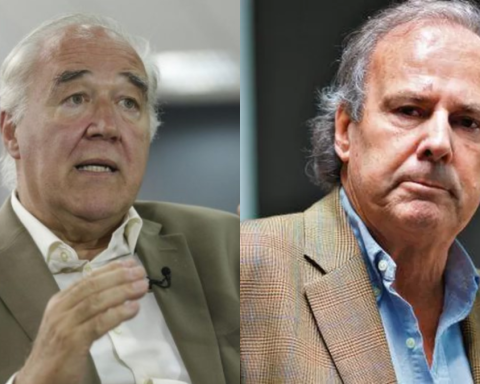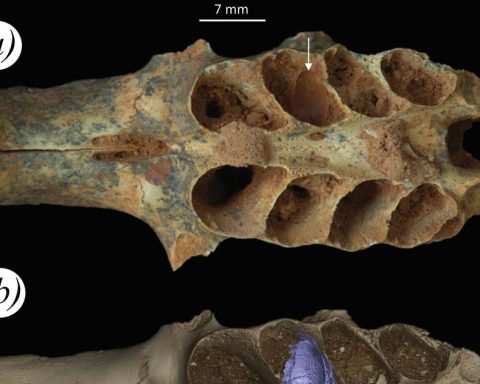People with severe lung or heart failure, candidates for state-of-the-art treatment
angeles cruz martinez
Newspaper La Jornada
Monday, January 23, 2023, p. 13
Patients hospitalized in intensive care units, with severe pulmonary or heart failure, who do not respond to conventional life support measures, with a high risk of presenting damage to other organs and of dying in a few hours from this cause, are candidates for Extracorporeal Membrane Oxygenation (ECMO) treatment.
This is a state-of-the-art technology that is used routinely in developed countries, but in middle-income nations it is very limited or non-existent, due to its high cost. In addition, medical teams trained in its management and hospitals with a solid and highly specialized health infrastructure are required, explained Rafael Lima Linares, a cardiovascular anesthesiologist.
In Mexico, some tertiary hospitals in the public health sector have ECMO equipment; however, its use is very limited for the reasons mentioned and the lack of specialists with the capacity to use it.
The expert calculated that nationwide there are 100 machines and only four or five medical groups with the knowledge and experience that guarantee good results; that is, they perform at least five procedures a year.
He stressed that the patient connected in ECMO is the most critical that can be in the hospital and with a high consumption of human and material resources
.
To give an idea of the scope of the machine, Rodrigo Díaz, a cardiovascular anesthesiologist at the San Juan de Dios Hospital in Chile, said that in that country, of the patients with severe cases of covid-19 who would surely have died but had access to the equipment, 30 percent survived. They were people who would have lost their lives, he stressed.
In an interview during a visit to Mexico to participate in academic sessions with doctors from different institutions, the doctor considered that the country has a long way to go to incorporate the use of this tool. One of the obstacles is its high cost, but it must be taken into account that it is reserved for a limited group of patients, those with severe heart or lung failure who do not respond to traditional therapies.
Based on the experience of other nations, he estimated that around 2,000 people a year could benefit here. He said that between 2014 and 2016, Germany and the United States reported a use rate of six patients per hundred thousand inhabitants.
Last year, in Chile, 418 ECMO treatments were reported, while in Mexico there were less than one hundred. the gap is too big
despite the fact that they are countries with a comparable gross domestic product and should have the same level of access due to their economic level, said Dr. Díaz.
Although the team has been around since the 1960s, it has been improving. It acquired relevance from the 2009 AH1N1 influenza pandemic and even more so with covid-19, due to its usefulness in critically ill patients with severe respiratory failure.
Candidates for ECMO treatment
The equipment does not eradicate the diseases, but it does give time for the damaged organs (heart or lungs) to rest and recover, or also for the doctors to find some other solution to the problem, explained Marco Antonio Montes de Oca, intensive care physician and expert in the management of ECMO.
When someone has severe difficulty breathing because their lungs are damaged or already collapsed, or if after a myocardial infarction there are serious sequelae in the organ and risk of death in the following hours, you should think about the possibility of therapy with this equipment
indicated.
The treatment consists of removing blood from the body to take it to the ECMO machine where it is oxygenated and then returned to the patient. In essence, it replaces the function of the lungs or the heart, depending on the condition in question.
Once the diagnosis is established and a multidisciplinary team of health professionals determines that the patient is a candidate for ECMO treatment, cannulas – which are as thick as a finger – are installed in the veins and arteries of the patient’s leg or neck.
With a cannula, the blood saturated with carbon dioxide is extracted, taken to the machine where the tissue is oxygenated and returned to the patient’s body through a vein or artery, depending on the person’s clinical conditions. Thus, it is possible to maintain the functioning of the organism in optimal conditions.
It is easy to say, but any error, however small, would cause the death of the patient, Lima Linares pointed out.
The body of an adult has 4 to 7 liters of blood. With ECMO, between 4 and 6 liters are removed and returned every minute.
It is important to invest in state-of-the-art health technology
Rodrigo Díaz commented that the priority of public health services should be disease prevention, but there is also a need for treatment for those people who already have a condition and, above all, if it is serious and requires medical attention. highly specialized
ECMO is a tool that over the years has demonstrated its usefulness in a select group of patients. It is not to be installed in all medical services because it is expensive; represents a risk to the patient because it is tremendously invasive
but in situations where the person has a high propensity to die, ECMO can stop that process.
Very few patients qualify for ECMO, but there should be access, just as few cancer patients can be cured with a bone marrow transplant and, although very expensive, it is recognized the need to do it.
















